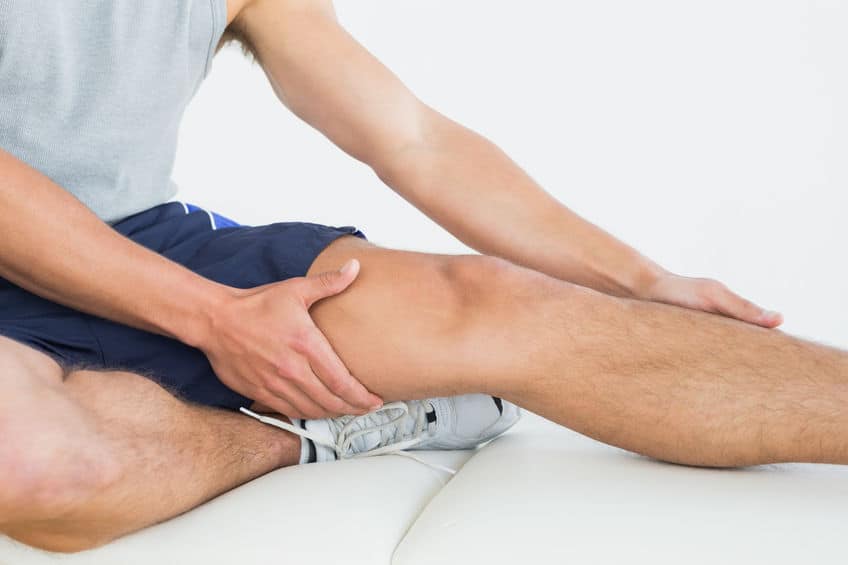
In terms of venous insufficiency, many men don’t realize that leg aches and pains, discomfort that accompanies sitting or standing for extended periods of time, periodic ankle swelling, and skin bruising are reasons enough to seek medical attention. Venous insufficiency, however, is not specific to just one gender and venous problems can have a negative effect on overall health for both men and women alike.
Veins return oxygen-depleted blood supplies to be “recharged” by the heart and lungs. Leg veins have an extra burden because, in the upright human animal, they must work hard, against gravity, to pump blood back to the heart. Sometimes the “venous pumps” malfunction and chronic venous insufficiency (CVI) occurs. One of the visible symptoms of the disease can be the presence of varicose veins; bulging, twisted or enlarged blue veins that appear close to the surface. Because women generally find varicose veins upsetting from a “cosmetic” perspective, they are much more likely than men to seek medical advice. And while Men are much more likely to ignore the visible signs of the disease, they cannot escape from the health risks of venous insufficiency.
Risk Factors and Symptoms
According to the Society for Vascular Surgery, risk factors for CVI include a family history of vein problems, overweight and lack of exercise, smoking, standing or sitting for extended periods of time, and pregnancy. Although women, particularly those over 50, are more likely to be plagued by varicose veins, statistics confirm that about half of American men will develop vein problems of some sort.
Specific symptoms can include Swollen ankles, red patches on the skin, or generalized aches and heaviness after walking or exercise. You might also experience leg swelling, generally minimal in the morning, but increasing during the day, unexplained aches, itching, cramping or throbbing. When diagnosed early, the condition is rarely viewed as a health risk and is most often controlled by lifestyle changes.
Left untreated, however, the risk of thrombosis, sores or chronic venous ulcers, and phlebitis increases. In severe cases, the possibility that a blood clot might break free and travel to the lungs is serious, indeed, and can be life-threatening.
Diagnosis and Treatment
Early diagnosis is important, and in some cases, simple lifestyle changes may help relieve symptoms. This includes things like:
- A daily walk; it’s not only good for your leg veins but contributes to the total well-being
- Specific exercises targeted to the calf muscles, with the goal of keeping the venous pump in top operating condition.
- Frequent breaks from desk work; walking in place or alternating leg lifts if you must remain on your feet.
- Flexing of leg muscles when sitting or standing for long periods, recommended, especially for airline passengers.
- Elevating legs to chest height when possible, at least several times a day.
- Some form of compression stockings for daily or periodic wear.
If the ultrasound shows that the problem is caused by reflux (backward flow of blood due to damaged valves) in one of the underlying veins, this needs to be corrected with an endovenous ablation. This is a procedure done in the office under local anesthetic. In people who have had venous disease for many years, the surface veins may not have enough elasticity left to snap back after the pressure is relieved. These people may need another procedure at the same time or subsequent to the endovenous ablation to target the surface veins.
Take Action
If you recognize or experience the symptoms of Venous Insufficiency, the best advice is to schedule a medical consultation for yourself or for a loved one. If you take the initiative for that man in your life, don’t think for a minute that he will consider it a form of nagging. He’ll most likely thank you for your concern!
Whether it’s for varicose veins or another symptom of venous insufficiency, individualized treatment starts by contacting us at (734) 213-3700. You can also schedule your appointment online.